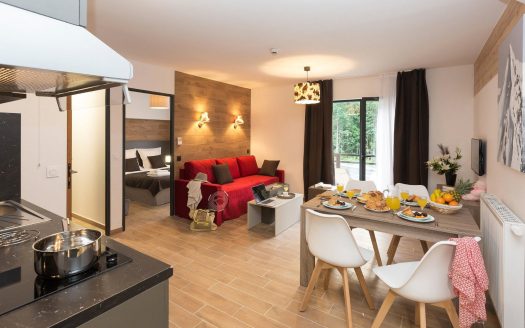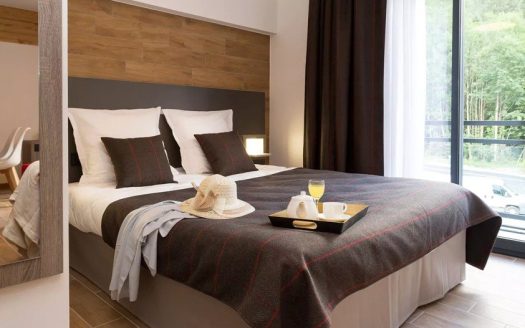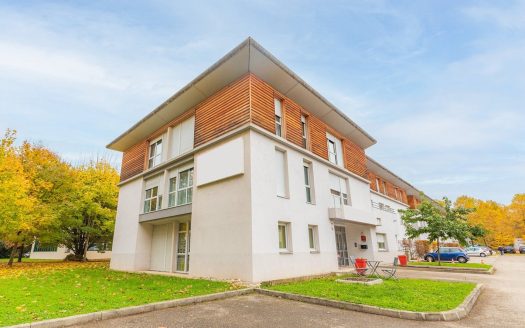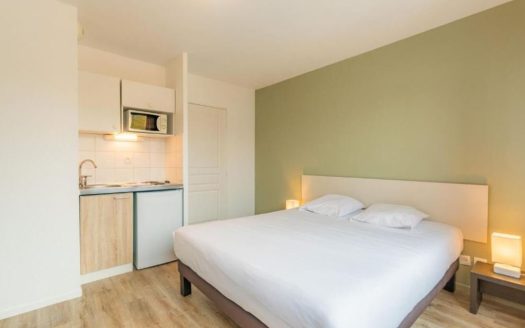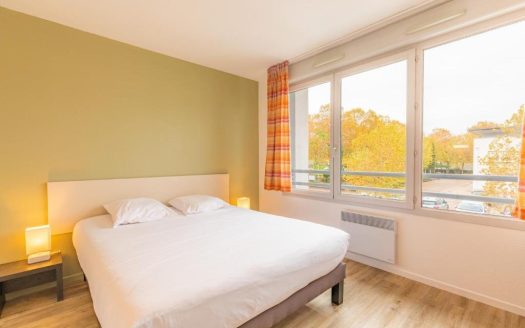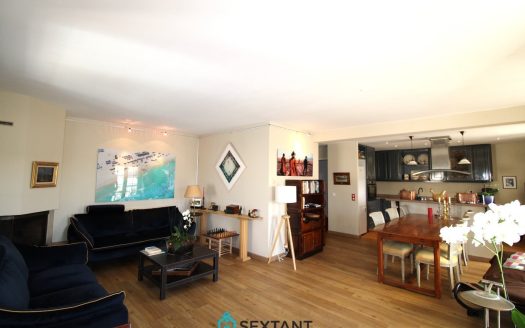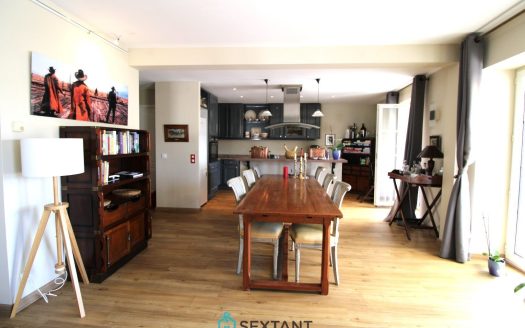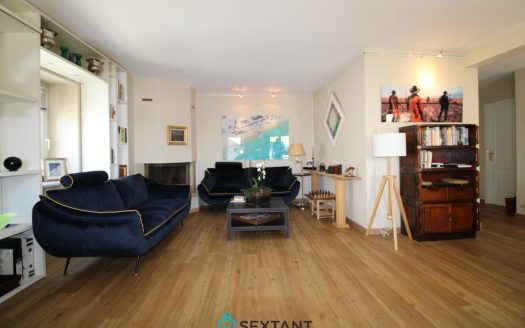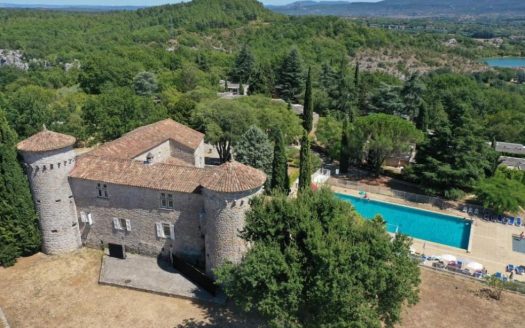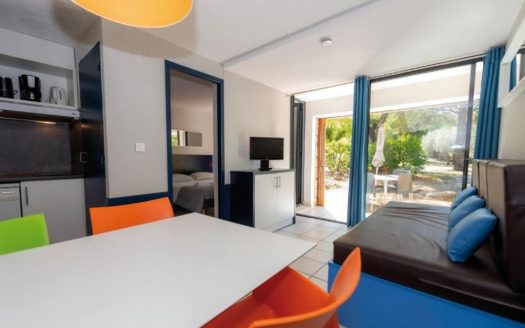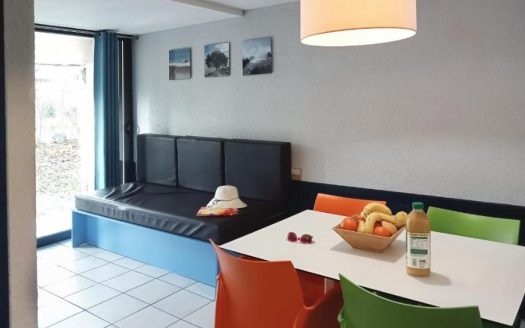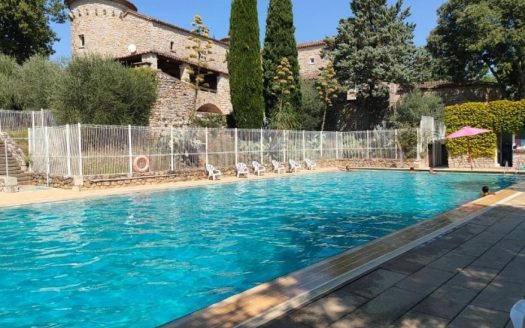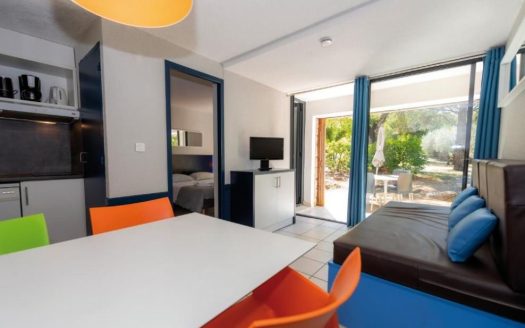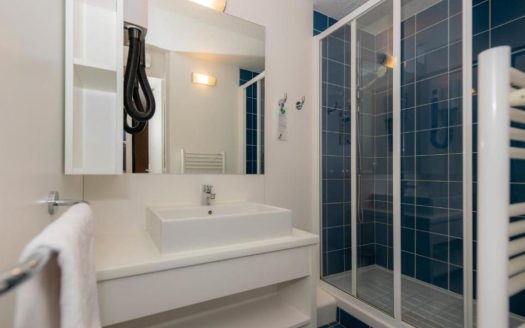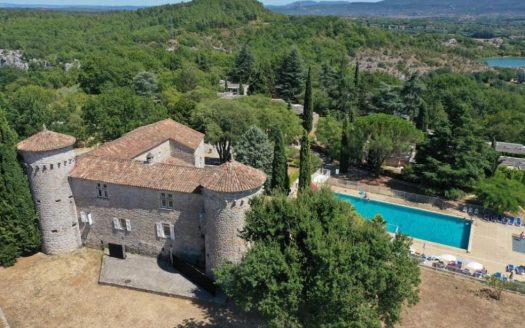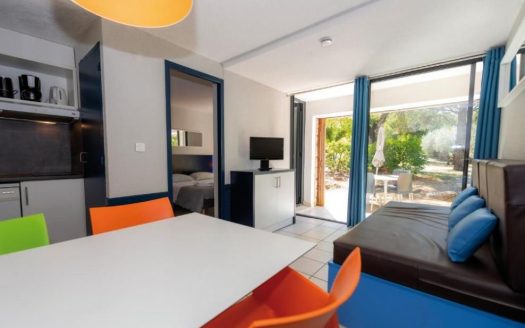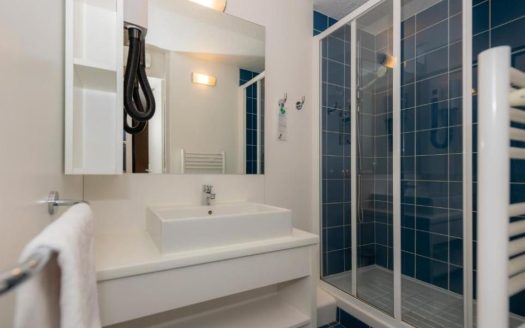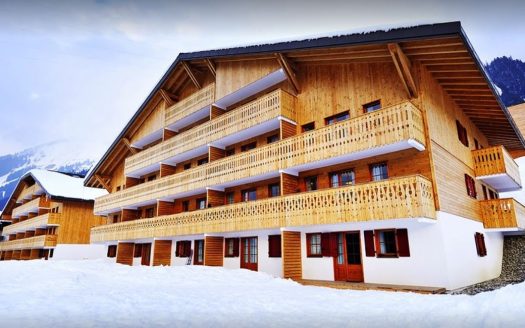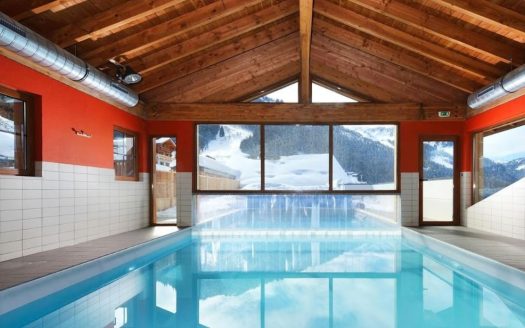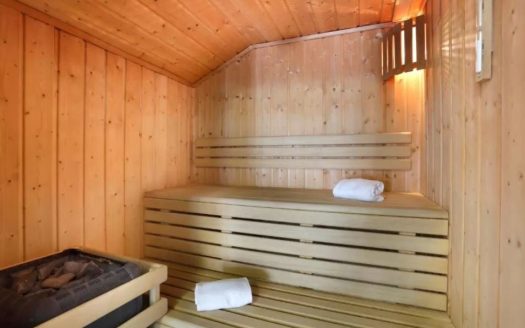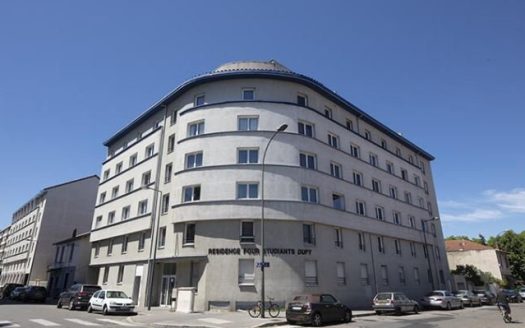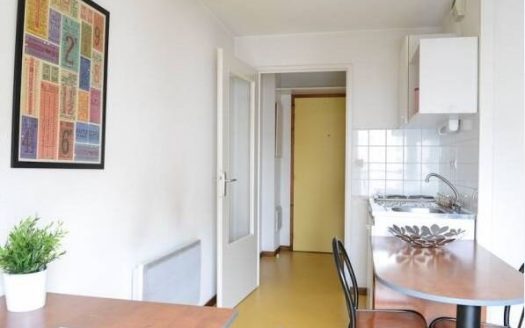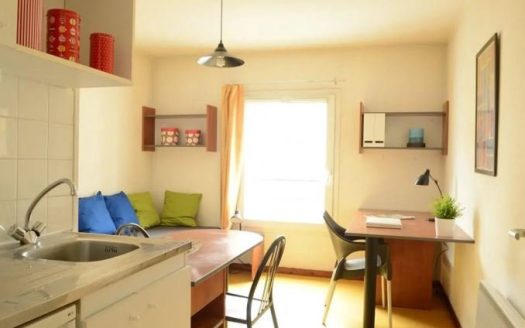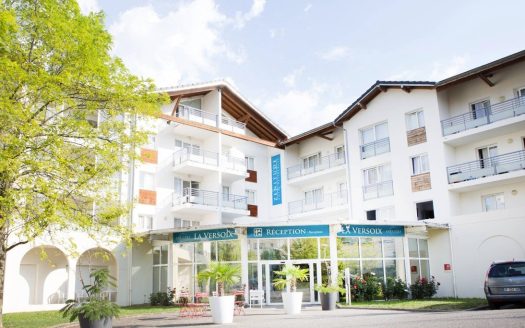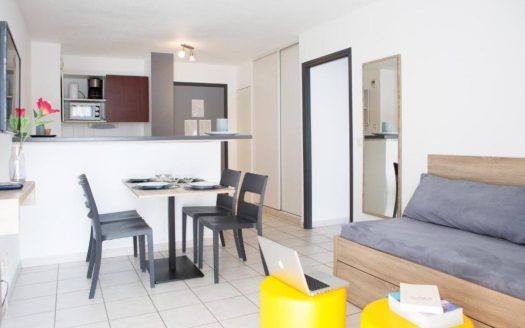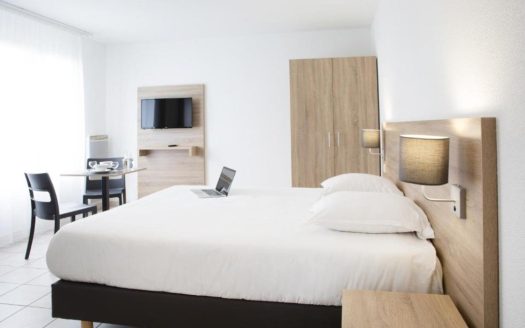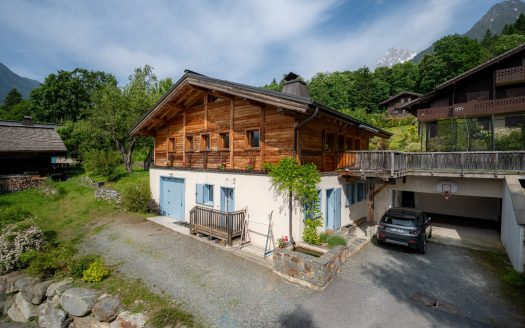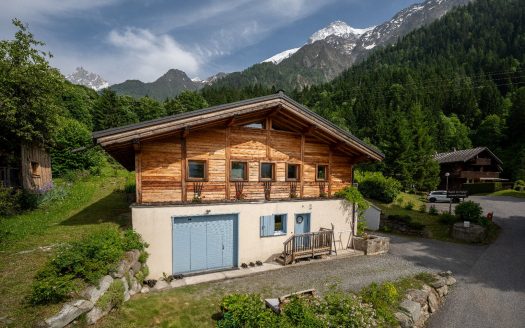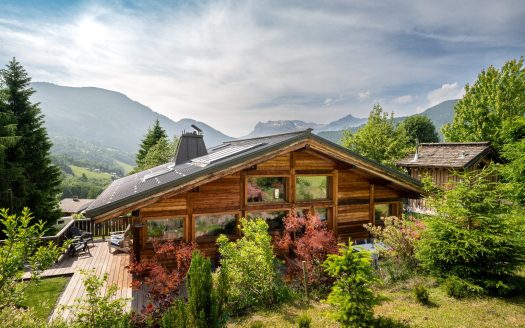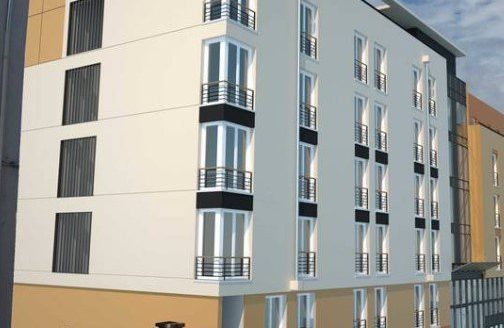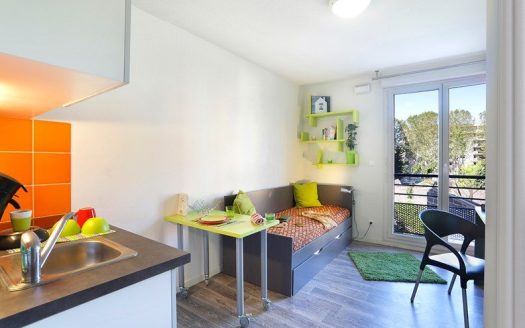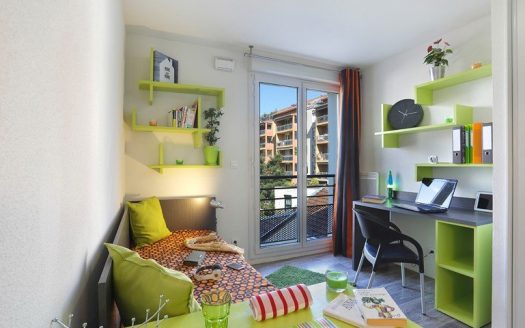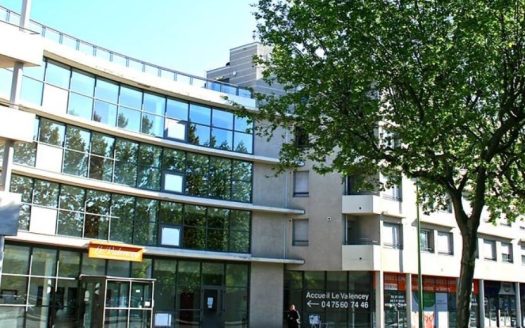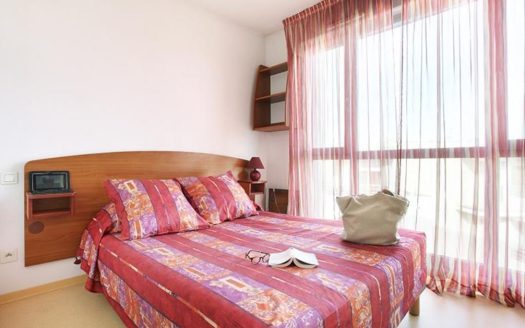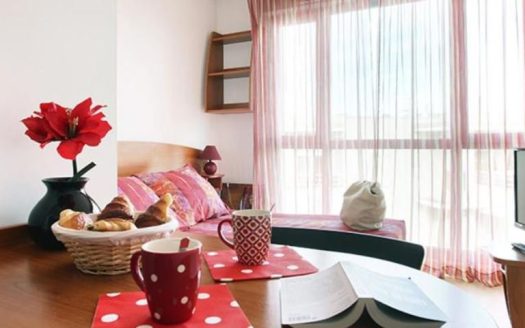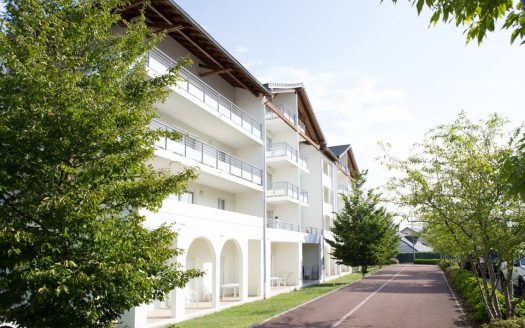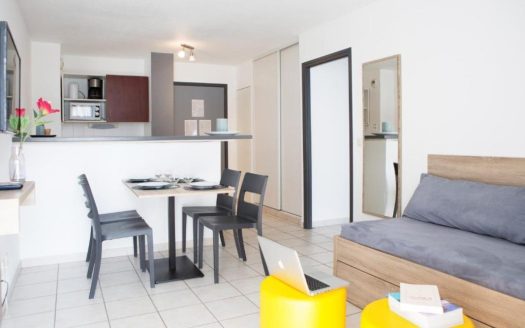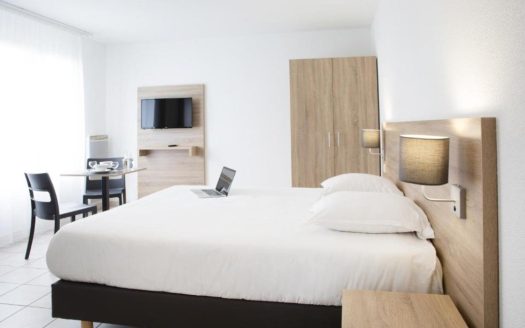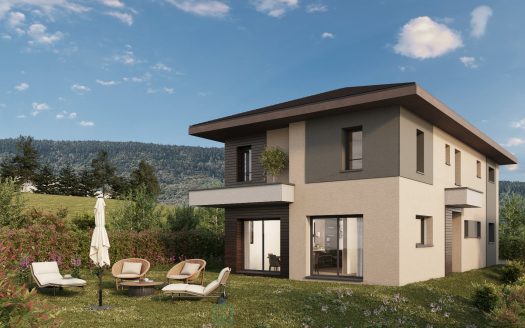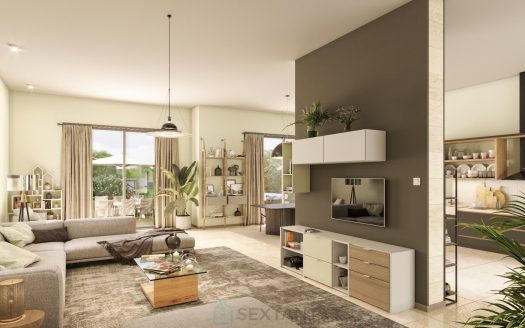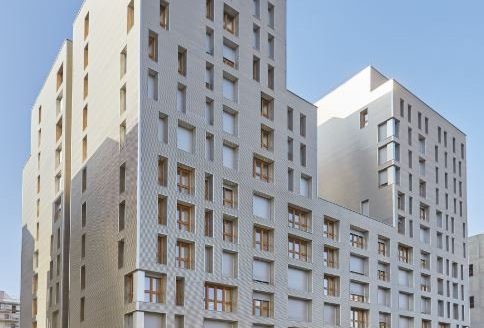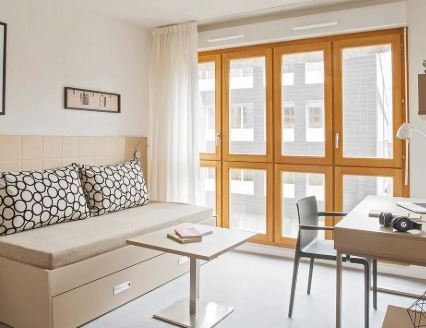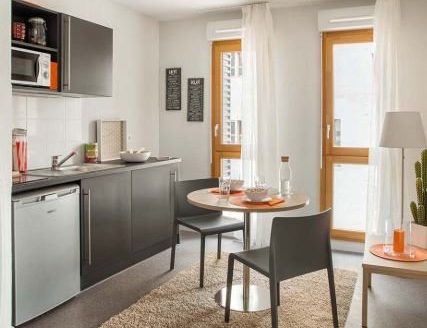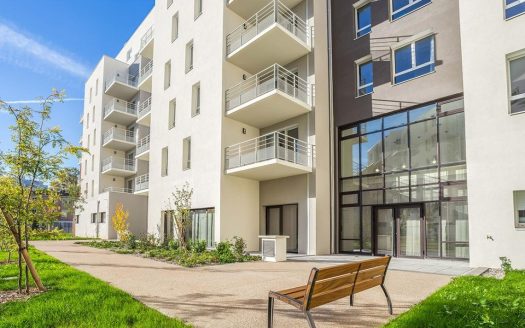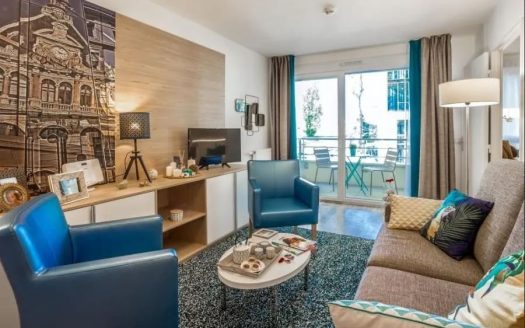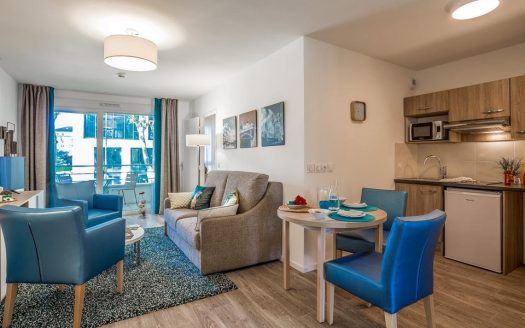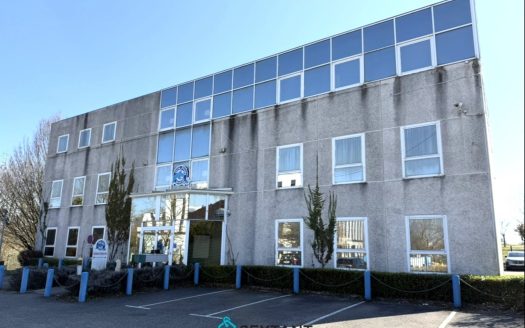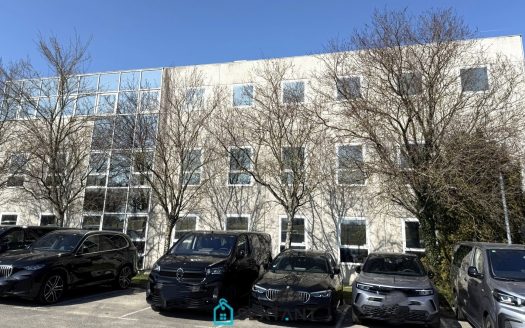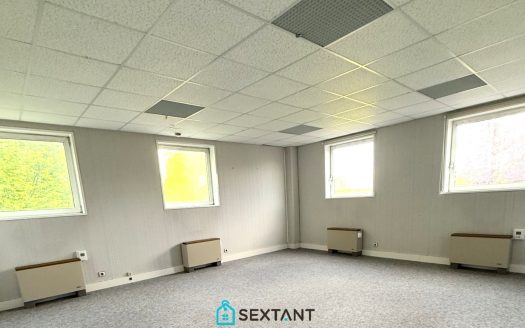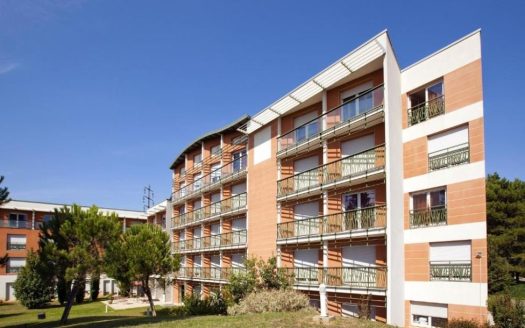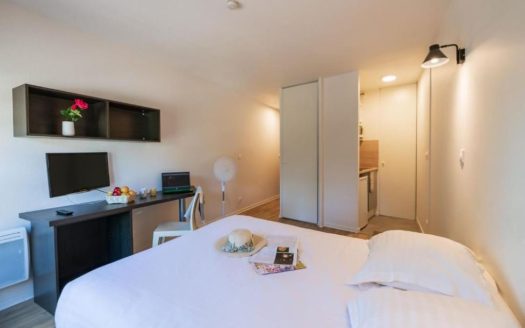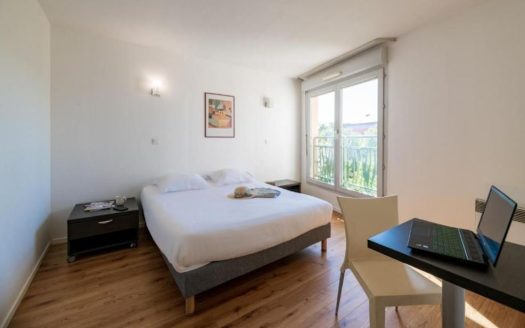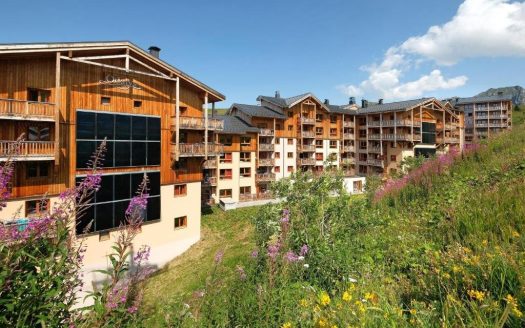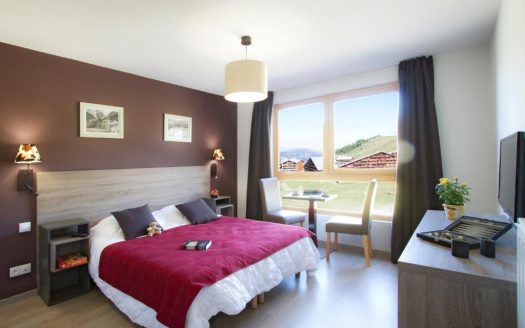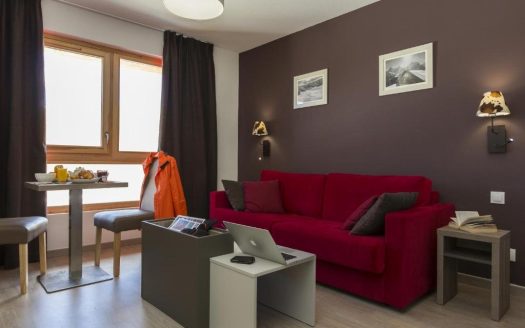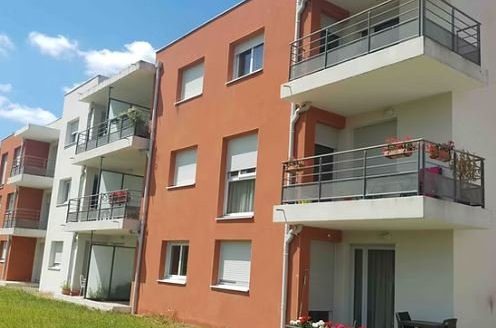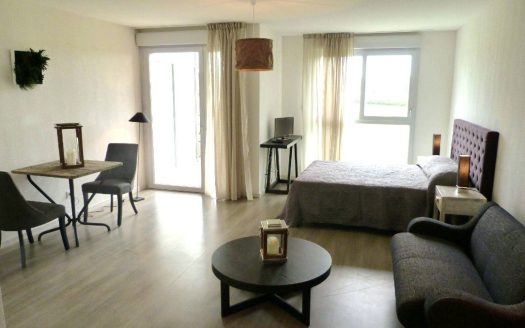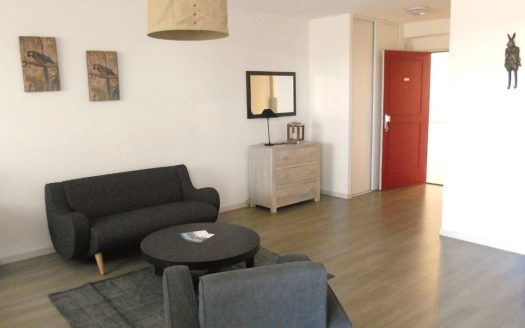- Sign into your accountCreate an account
A password will be e-mailed to you
Reset Password Advanced Search
Properties for sale in Auvergne-Rhône-Alpes
RENTAL INVESTMENT – CHAMONIX MONT BLANC – Od...
€ 255.000
Make a secure real estate investment in a serviced residence without worrying about manage ...
RENTAL INVESTMENT – BOURG EN BRESSE – Appart...
€ 63.000
Make a secure rental investment in a tourist residence without worrying about management: ...
19 m2details
€ 635.000
EXCLUSIVE - DIVONNE-LES-BAINS - Rare on the market - Beautiful 4-room apartment of 121 sqm ...
RENTAL INVESTMENT – BERRIAS AND CASTELJAU – ...
€ 87.000
Make a secure real estate investment in a tourist residence without the constraints of man ...
RENTAL INVESTMENT – BERRIAS AND CASTELJAU &#...
€ 96.000
Make a rental investment, without management worries, the ideal product to prepare for you ...
RENTAL INVESTMENT – BERRIAS AND CASTELJAU &#...
€ 96.000
Make a rental investment, without management worries, the ideal product to prepare for you ...
RENTAL INVESTMENT – CHATEL – Le Grand Lodge ...
€ 184.000
Make a rental investment without management worries, the ideal product to prepare for your ...
RENTAL INVESTMENT – Lyon 3rd arrondissement ...
€ 78.000
Make a secure rental investment in a student residence without worrying about management: ...
18 m2details
RENTAL INVESTMENT – DIVONNE-LES-BAINS – Resi...
€ 79.000
Make a rental investment without management worries, the ideal product to prepare for your ...
Charming Chalet with Breathtaking Views – Le...
€ 1.550.000
Set in a stunning location in Les Houches, this 202 sqm chalet (245 sqm usable space) enjo ...
RENTAL INVESTMENT – VILLEURBANNE – Nemea App...
€ 69.000
Make a secure rental investment in a student service residence without worrying about mana ...
18 m2details
RENTAL INVESTMENT – VALENCE – NEORESID LE VA...
€ 111.000
Make a secure rental investment in a student residence without the constraints of manageme ...
RENTAL INVESTMENT – DIVONNE-LES-BAINS – Resi...
€ 63.000
Make a rental investment without management worries, the ideal product to prepare for your ...
Villa 5 pièces 155 sqm Saint-Genis-Pouilly
€ 799.000
A stone's throw from Geneva, discover your new place to live. Detached villa of 155 s ...
RENTAL INVESTMENT – LYON 7 – Student Residen...
€ 108.000
Make a secure rental investment in a student residence without the hassle of management: t ...
21 m2details
RENTAL INVESTMENT – VILLEURBANNE – Residence...
€ 240.000
Make a rental investment without management worries, the ideal product to prepare for your ...
FERNEY-VOLTAIRE – Local d'activit...
€ 4.200.000
Independent real estate complex with great potential close to Switzerland and a stone&apos ...
845 m2details
RENTAL INVESTMENT – VALENCE – Residenc...
€ 46.000
Make a secure rental investment in a business residence without the hassle of management: ...
RENTAL INVESTMENT – LA PLAGNE – Prestige Oda...
€ 107.000
Make a rental investment without management worries, the ideal product to prepare for your ...
22 m2details
RENTAL INVESTMENT – YZEURE – Obeo Les Jardin...
€ 110.000
Make a secure rental investment in a senior residence without the hassle of management: th ...
33 m2details



